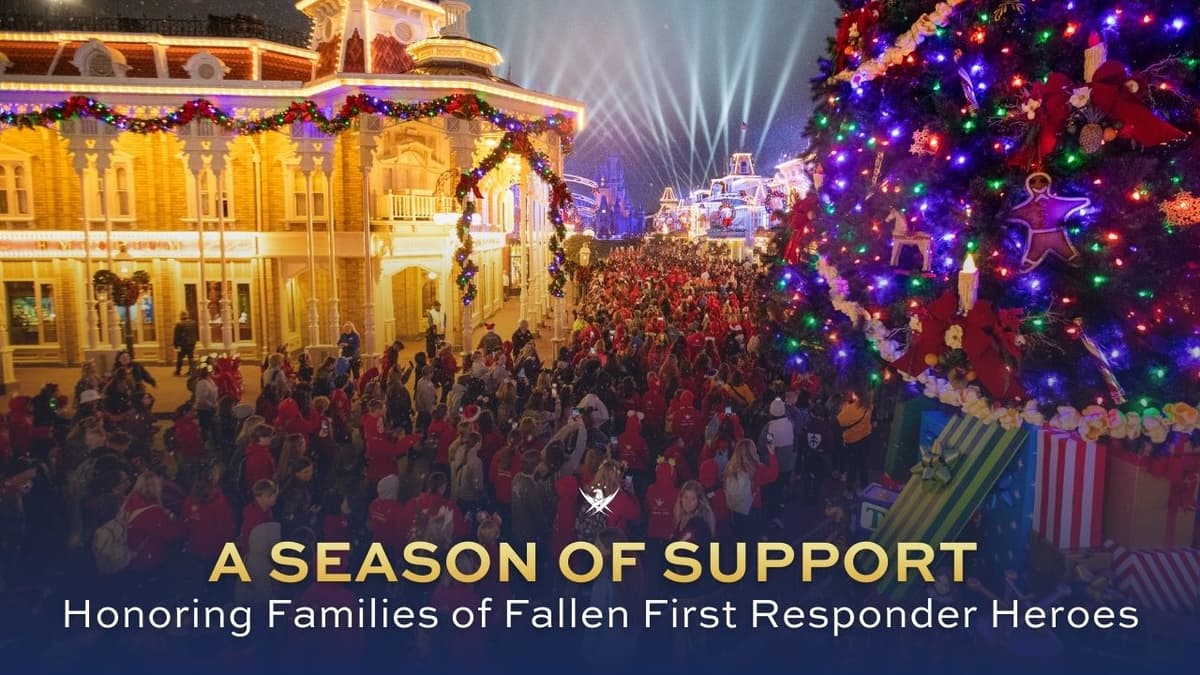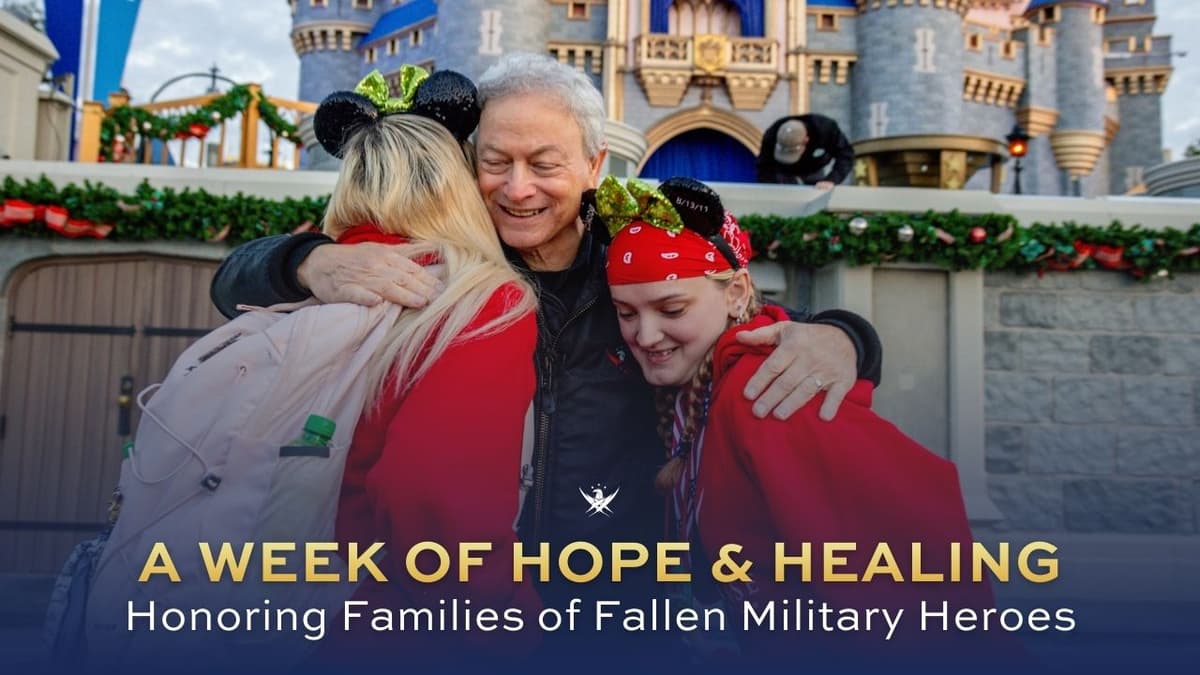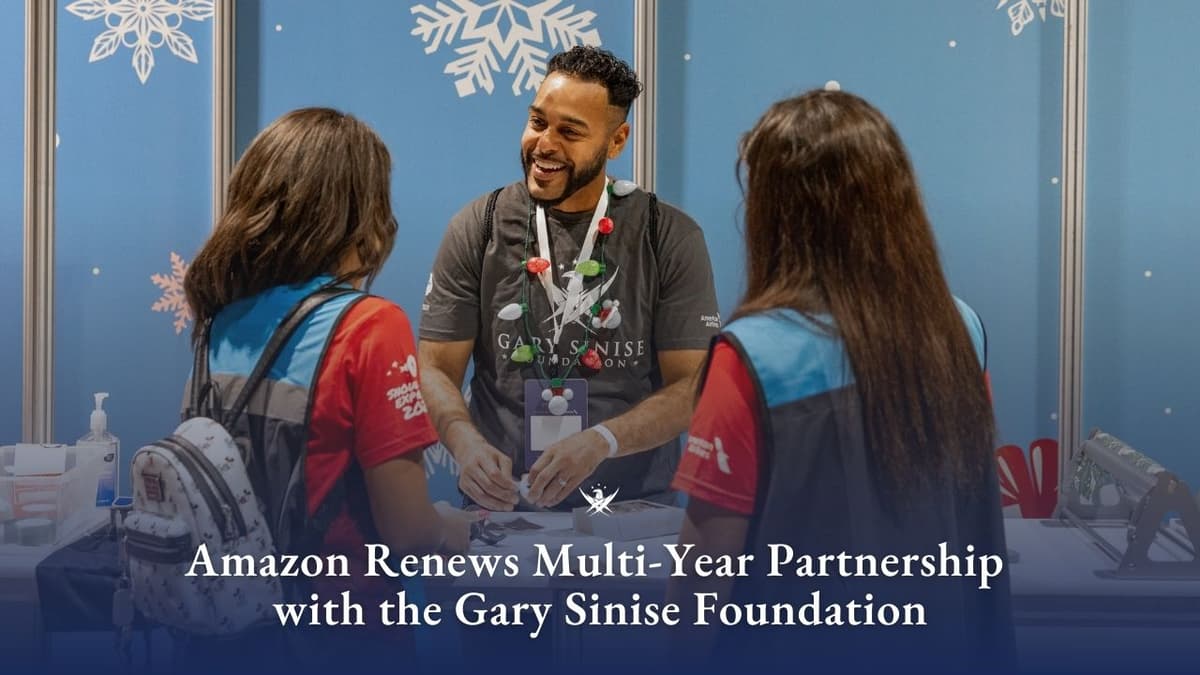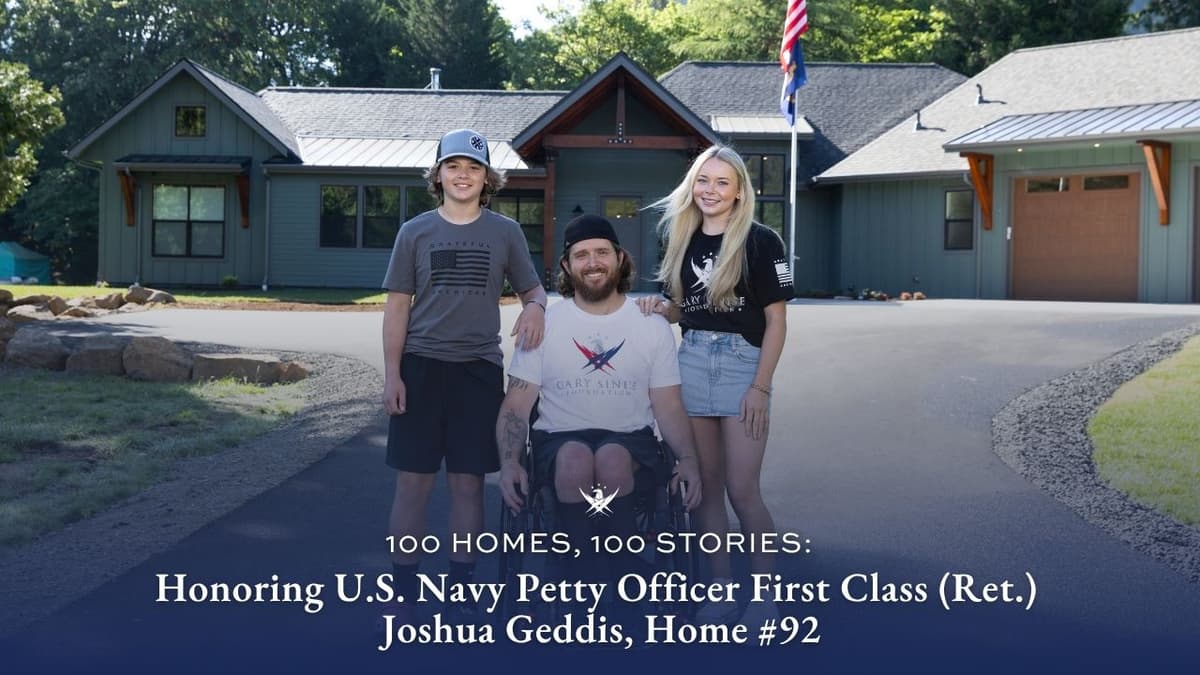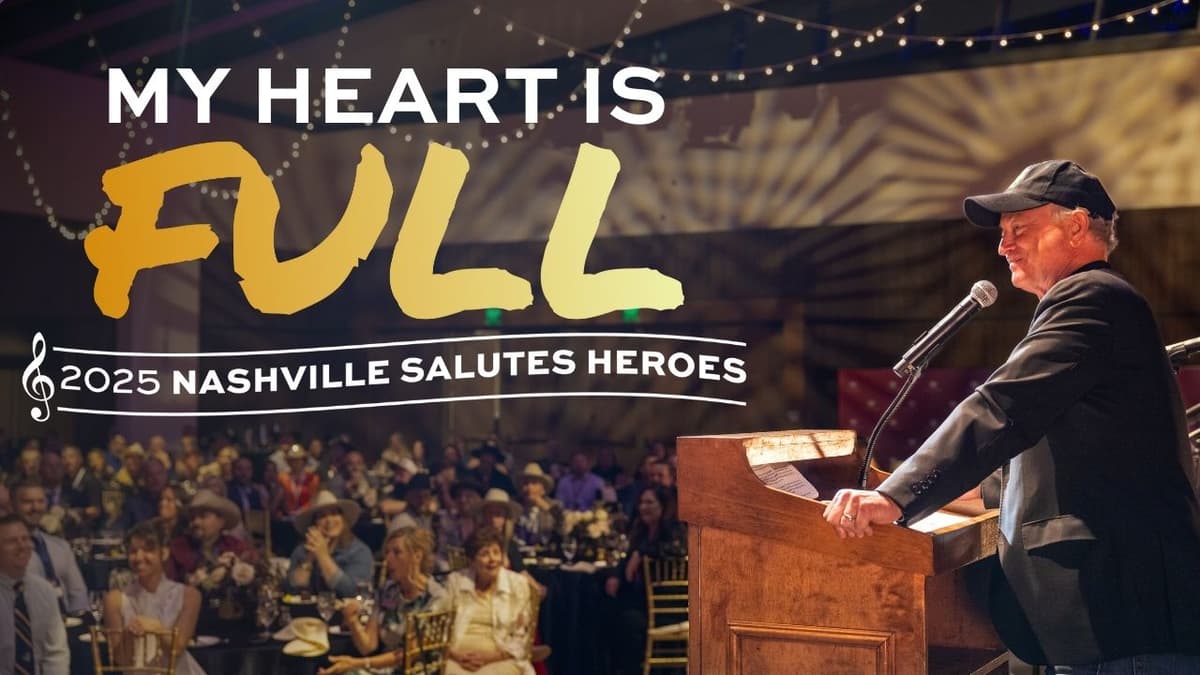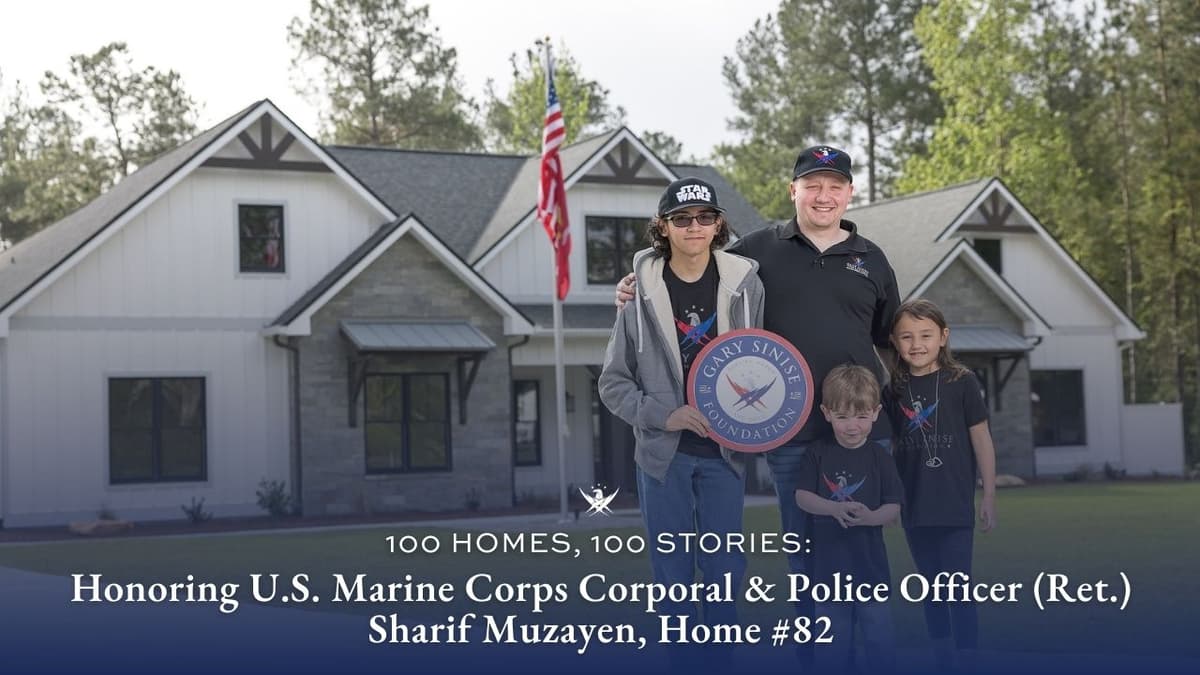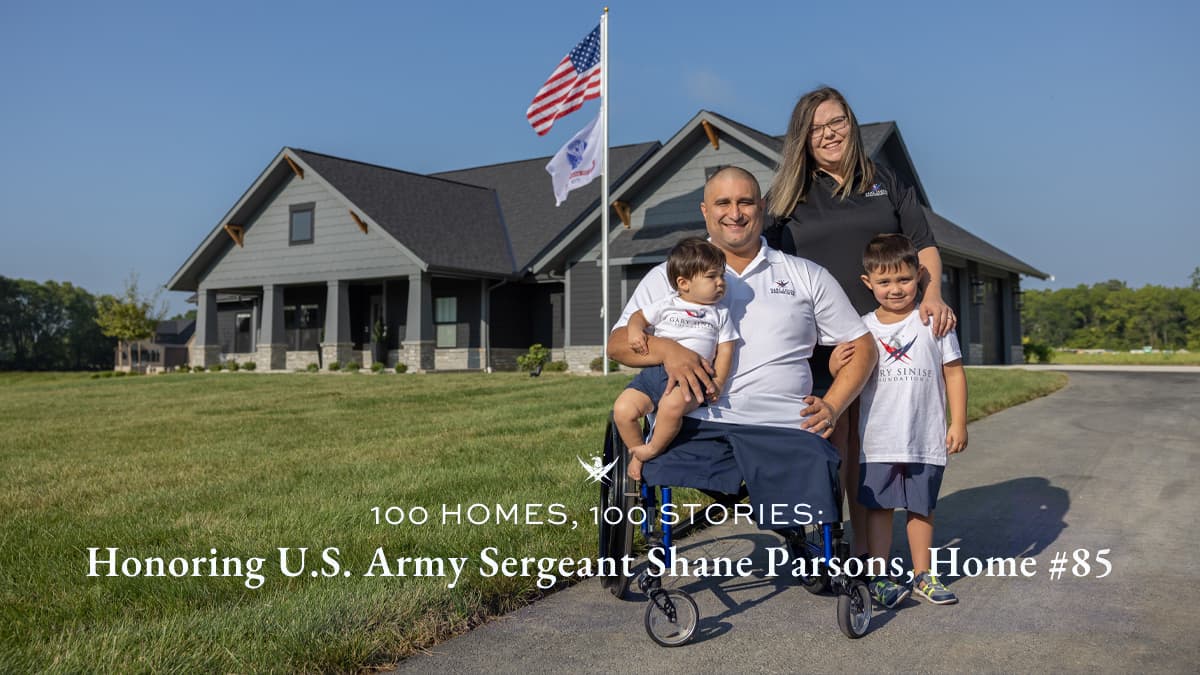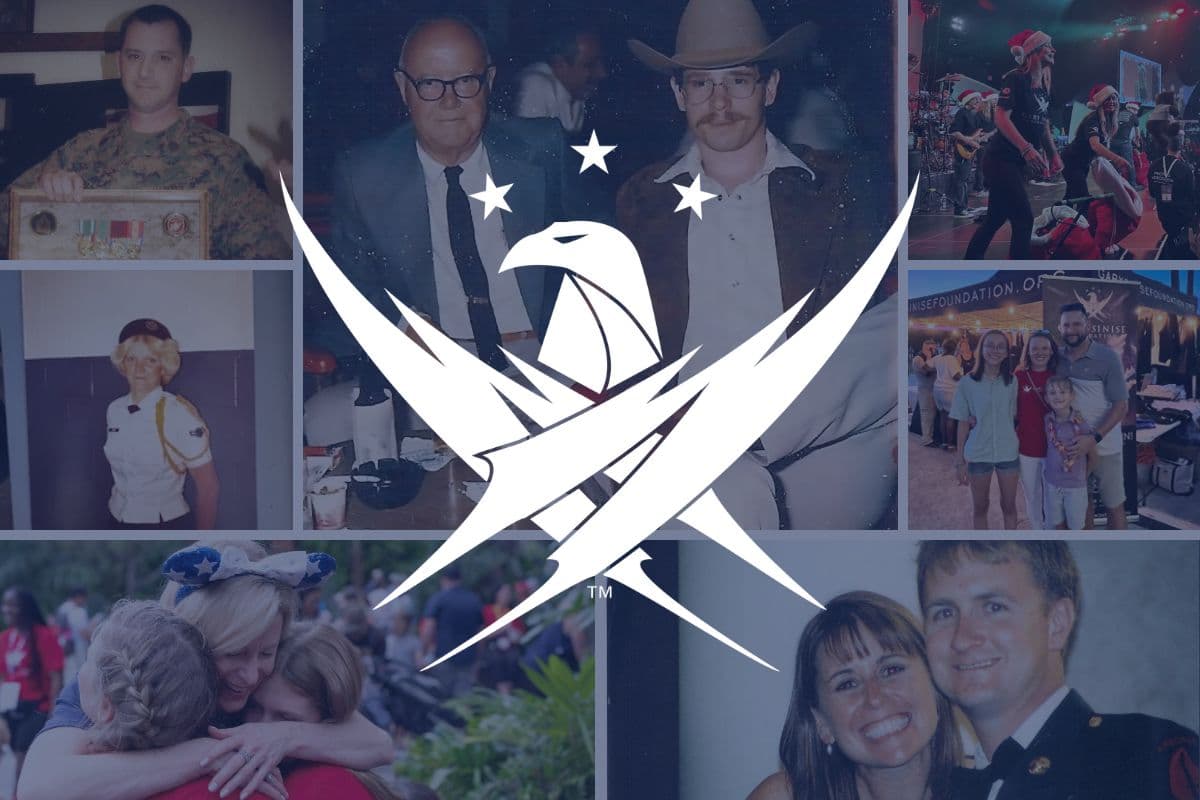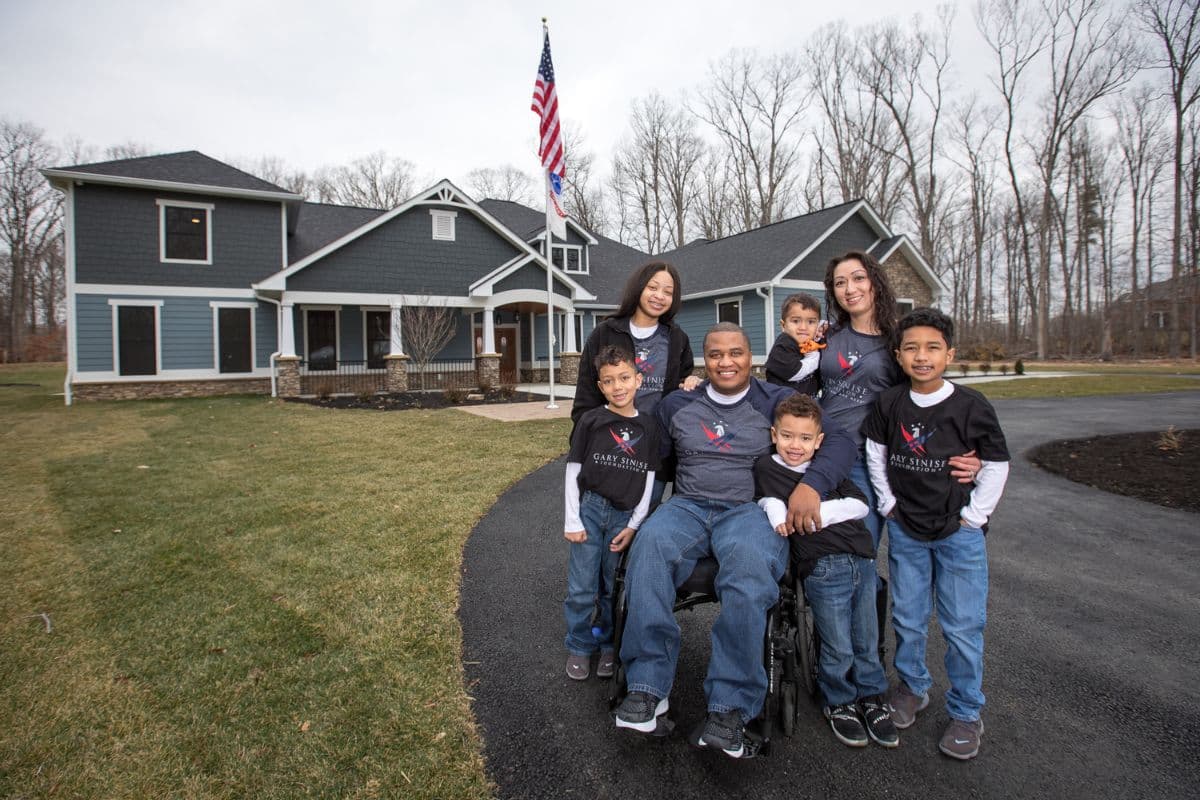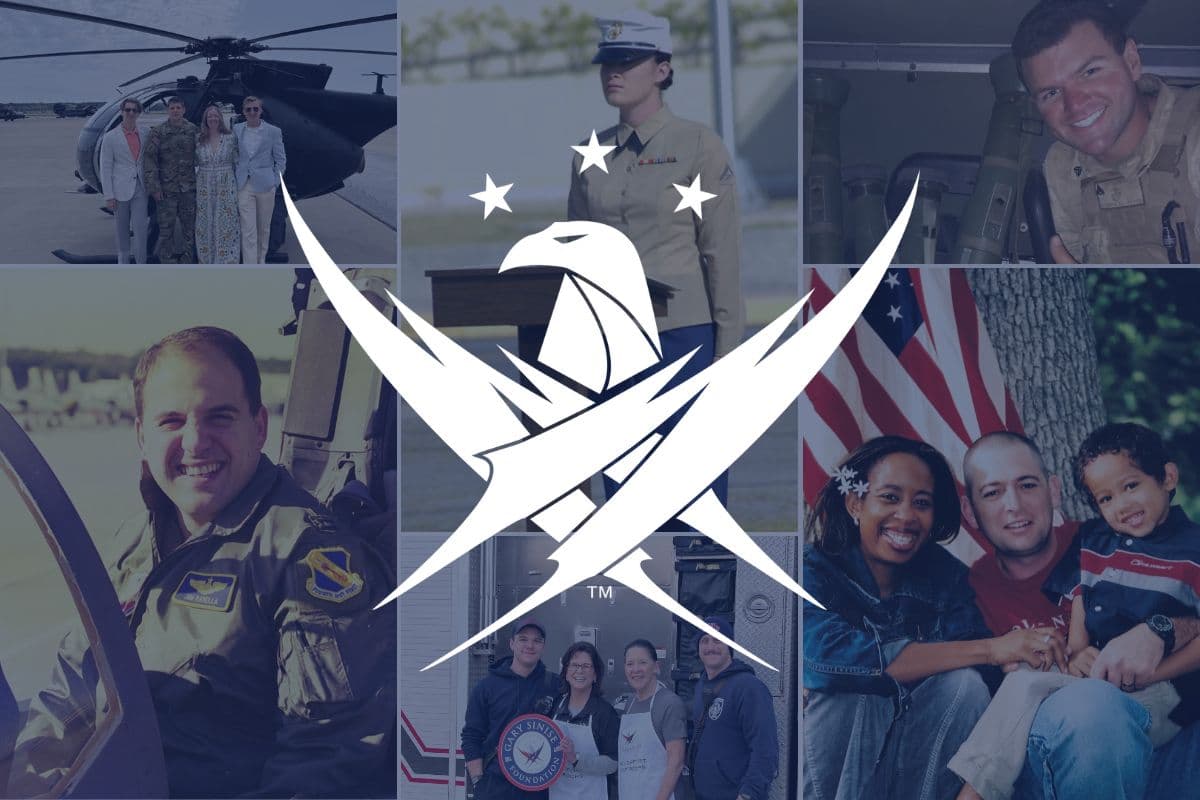Portraits In Giving
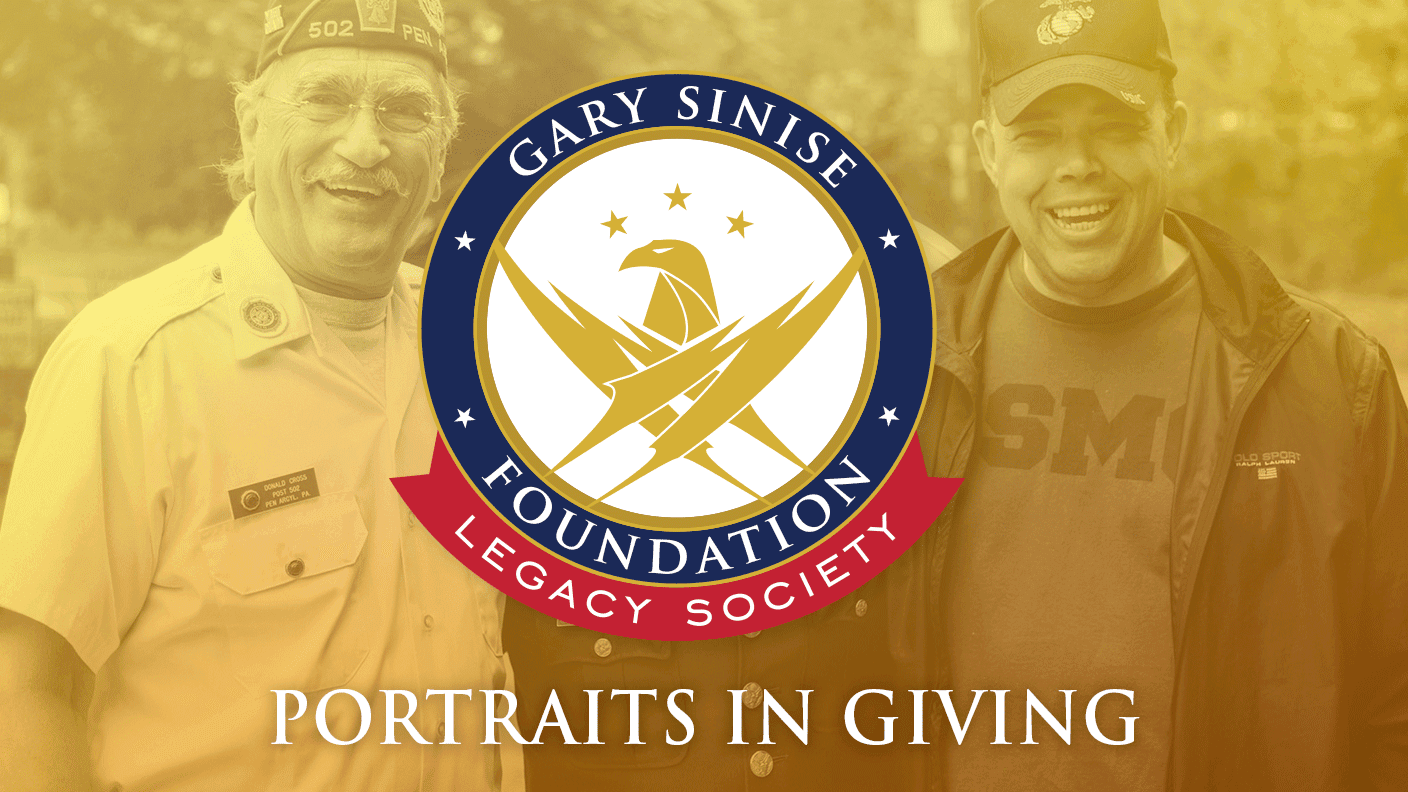
More than a month has gone by since the debut of the Gary Sinise Foundation Legacy Society on October 1. More than 20 individuals have pledged over $18 million to benefit the present and future endeavors of the Foundation and the vitality of its four programs.
Legacy Society members hail from both coasts and all points in between in the Lower 48 states. The vast majority have either served in the Armed Forces or come from a family with a lineage of military service.
Together, their shared recognition of the sacrifice and service made by first responders and those who wear the uniform of the nation’s military go to the heart of members’ planned giving to the Foundation.
The generosity of members’ philanthropy is astounding, yet it’s their reasons for entrusting the Foundation in their will or trust or estate that is most humbling.
In the first of our series of posts which will be featured once a month and throughout the next year, we’re uncovering the story behind Legacy Society members giving and reasons why they decided to pledge substantial amounts of their net worth to the Gary Sinise Foundation.
We call the series, Portraits in Giving.
On Wings of Silver
They Fly the Skies
Smiles on Their Lips
Sparkle in their Eyes
On August 27, 1970, Seaboard World Airline Flight G276 took off from Kadena Air Base in Okinawa, Japan en route to Anchorage, Alaska.
Inside the “aluminum tube” as its crew had nicknamed the silver-colored aircraft were battle-tested Marines. They were survivors in a war that had already claimed the lives of more than 38,000 Americans.
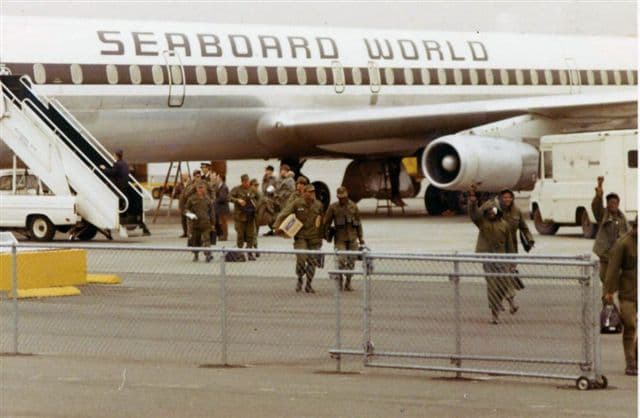
As the aircraft began its exhausting trip across the Pacific Ocean, save for the crew, very few of its occupants were awake. They were in for a long night of travel and were already worn out from the first leg of the journey which had started in Vietnam.
A young Marine by the name of John Newell was among the combat veterans on the flight who was seated in the back of the airplane. He was too excited at the prospect of soon being back on home soil to fall asleep.
Armed with a blue fountain pen and parchment taken from his tray liner, he penned a poem that vividly conveyed his journey home in the comfort and hospitality of the airplane’s crew of stewardesses.
He called it, Our Girls.
“I sat down in the back alley to read what it was all about,” said Julie Kane with a quiver in her voice about the poem.
She was among five stewardesses on that flight and was placed with two others in the back of the aircraft to service those passengers.
“He wrote a poem about his trip home with all of us,” she said in a tear-filled voice, “and what we meant to him and what the United States meant to him.”
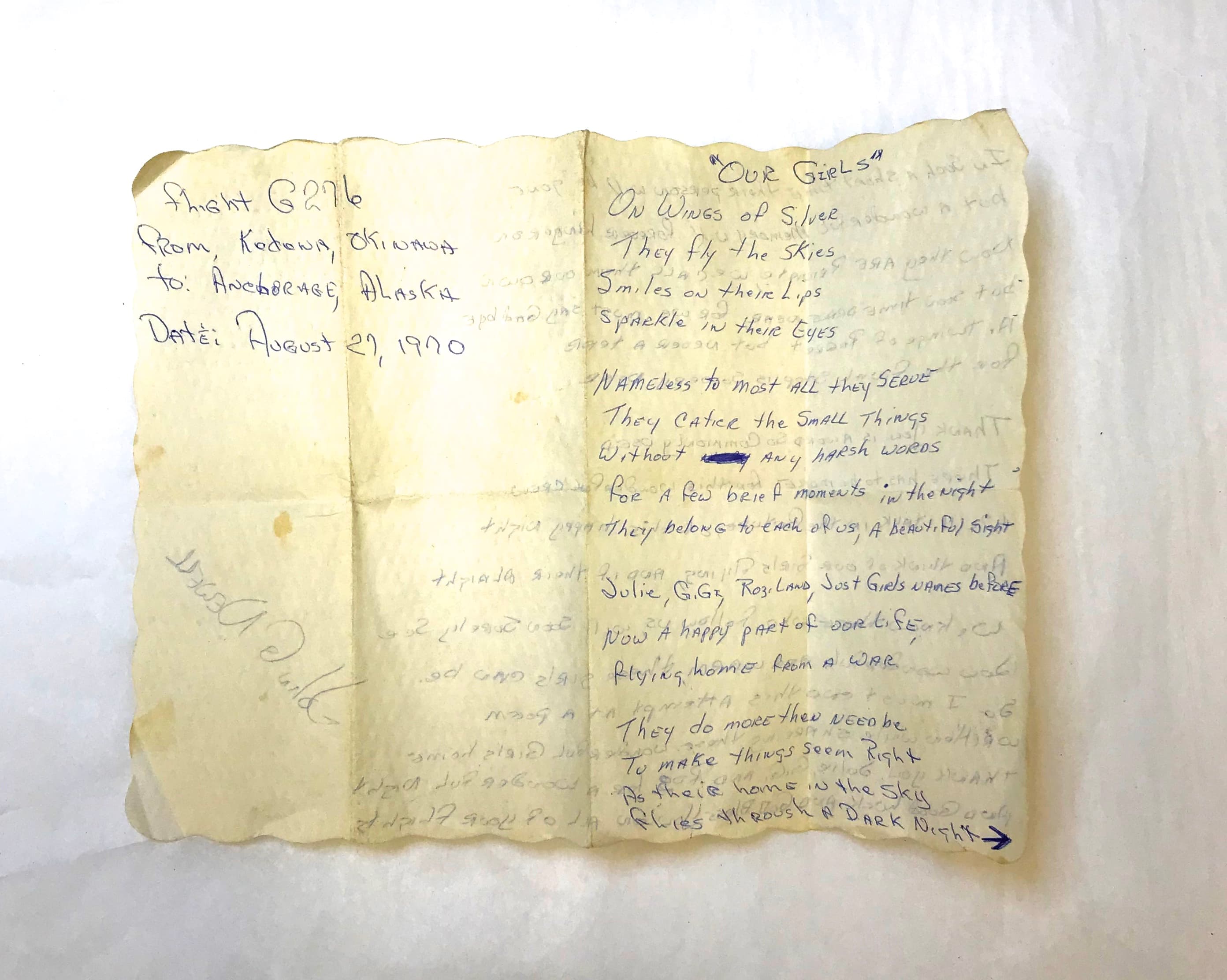
Recounting the story decades later still brings out a torrent of emotions.
Kane was an attractive girl from Los Angeles who had spent more time in the air than on the ground as a stewardess for Trans International Airlines and Seaboard World Airlines from 1961-75.
Her slight, model figure and brown hair complimented an enviable bronze tan.
When she smiled, subtle dimples appeared on either side of a youthful and exuberant face.
Unsurprisingly, Kane was well-liked by the boys, as she affectionately referred to her passengers.
During the Vietnam War, both Trans International Airlines and Seaboard World Airlines were among a slew of others including, Pan American, that had been contracted by the Department of Defense as charter operators to fly soldiers, Marines, Seabees and their equipment from the United States to Southeast Asia and Vietnam.
As the conflict in Vietnam intensified, so too did the number of flights Kane flew to and from Southeast Asia along with the boys.
“Many of them had never been on an airplane nevermind a huge jet that carried 219 passengers,” she said of the boys. “The guys were just lovely, just wonderful.”
The young men being served by Kane represented every walk of life from city slickers to country boys.
But Kane didn’t just serve as a stewardess on flights.
Her role evolved into a trusted companion, a friendly face, and a pretty face that the boys would remember as they stepped off the charter jet into the humidity-laden air of Vietnam before making their eventual insertion into the jungles and rice fields to engage the enemy.
“I fed them and I talked to them and I learned about them —about their family and about their lives.”
Between hops from the west coast of the United States to Da Nang and other cities in Vietnam, Kane said that the solemn mood in the cabin on those flights where she could see “fear in their eyes and nervousness,” contrasted with the celebratory atmosphere by those troops on flights destined for home.
She experienced it all during the 10-15 days each trip took.
In honor of the boys she and her flight crews shepherded to and from the war zone back home to the United States, and to support the nation’s current veterans who have returned home from Iraq and Afghanistan, including retired Marine Corps staff sergeant Jesse Cottle, Kane pledged a generous gift to address their range of needs.
“Giving back to the fellows who gave me so much,” she said about her support of the Foundation and why she has been a sustaining donor since 2015.
“When I found out about Gary Sinise and the Foundation, it so touched me because it is so close to my airline and what I did for all those years.”
Supporting America’s veterans from conflicts past and present is a common thread of Legacy Society members’ planned giving.
For California-resident Michael Gill, his reasons for making a planned gift to the Foundation are in memory of the untimely death of his brother, Army specialist Kenneth Gill, who was killed in action in Vietnam in 1970 during his second deployment.
Kenneth was 23 years old when he decided to re-enlist in the Army.
While on patrol in Quang Ngai, a seaside province along the country’s southeast coastline, his unit was ambushed. Many were severely injured or killed during the attack, including Kenneth.
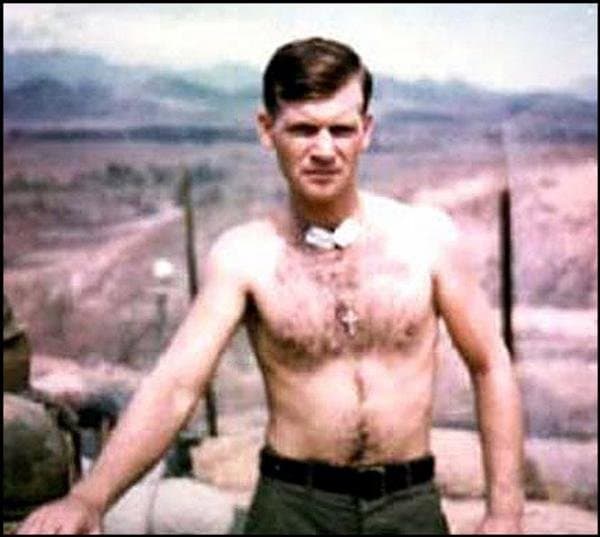
Michael’s planned gift through his will was also made in honor of Vietnam veterans who returned home without a proper welcome and who had, and continue to deal with, both visible and invisible wounds from war.
With help from his niece, he was able to learn just how the Gary Sinise Foundation carries out its mission, especially for severely injured service members who become specially adapted smart home recipients through the Foundation’s Restoring Independence Supporting Empowerment (R.I.S.E.) program.
“I looked at various war-veteran foundations and specifically where the money goes and how they’re allocated as far as administration fees, where they’re directed to, what types of benefits they provide to veterans,” he explained about his research and vetting process before coming to the decision to make a substantial gift to the Gary Sinise Foundation.
“I found that the Gary Sinise Foundation was doing what I was interested in for the veterans on a level that seemed to be superior to the other considerations [nonprofits].”
Had his brother not been killed in Vietnam, Michael’s life would have veered in a different direction.
While sitting in his Asian history class on August 5, 1971, at Triadelphia High School in Wheeling, West Virginia, his teacher took the occasion to make sure the class, made up entirely of boys, watched every second of the lottery telecast and so rolled a television set into the classroom.
The seniors were silent as they watched. For several of them, their lives and plans they had made after graduation were about to change.
“All of us were sitting there thinking to ourselves, ‘please don’t let me get drafted,’” said Gill.
“It came to be that my birth date was the third number drawn. I was shocked.”
After his number had been called, he went down to the local draft board, registered his name and information, and began filling out paperwork.
But the death of his brother just a year earlier on top of another brother who had already been drafted and was sent to Panama, automatically made him ineligible to enlist or be drafted.
“It was a terrible way to get out of it, but it happened for a reason,” he recalls of the series of events which led to him receiving an exemption from the draft board.
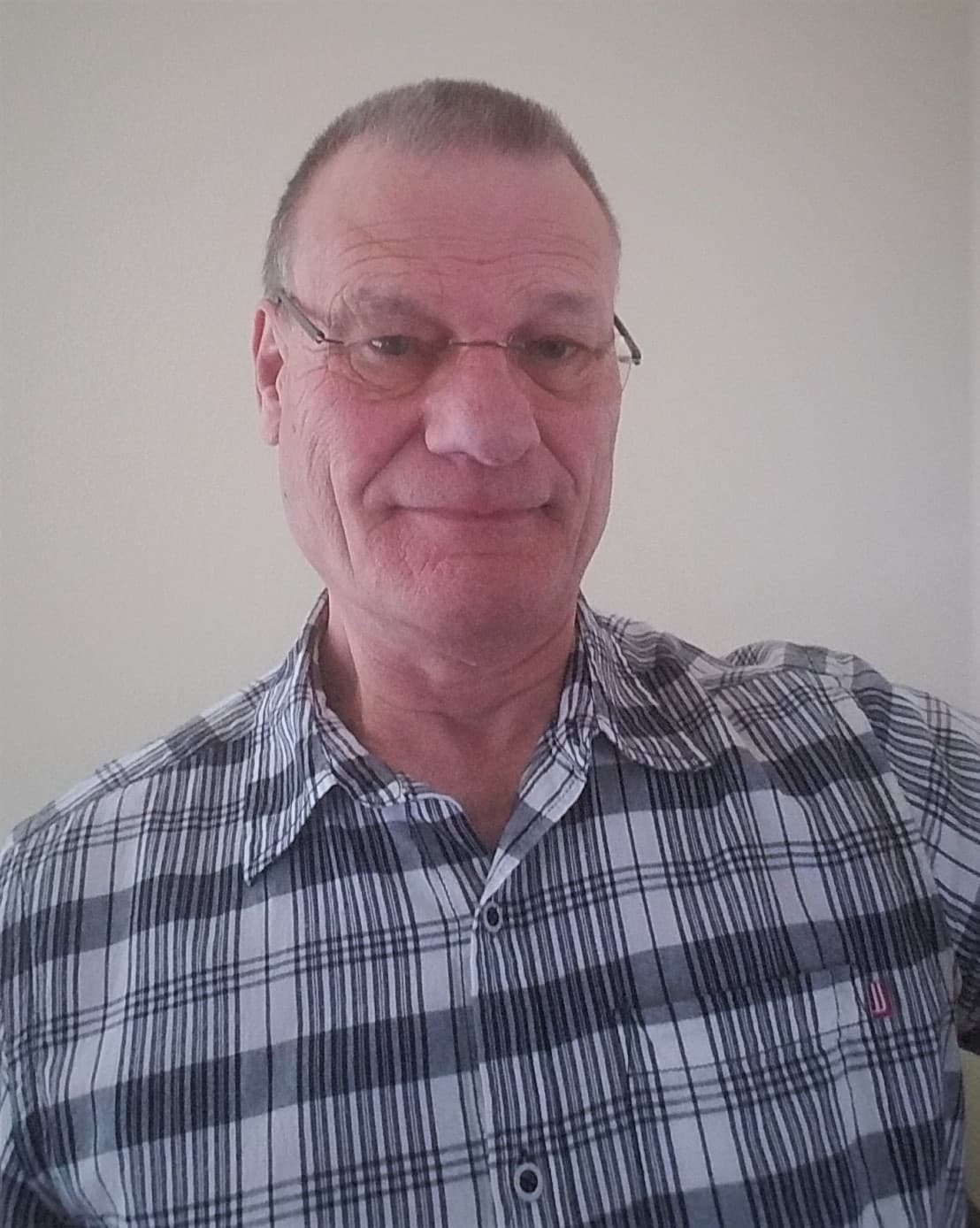
To this day, Gill still has his moments of reflection, as so many do who were of eligible age but who did not get drafted and sent to Vietnam.
He ponders how his life and the course he took that brought him from rural West Virginia to California’s Central Coast in 1988 to lead a prosperous career as a registered nurse, would have turned out were he sent to Vietnam.
“The guys that I do know who are struggling to this day,” he said, “you know they’re not really storytellers — even my father [a WWII veteran who had been a prisoner of war in Germany] — which indicates the trauma and bad memories. They never openly spoke about it.”
“I can only imagine what it would really have been like and if I would have even survived.”
His pledged gift is earmarked to support the R.I.S.E. program. An invaluable contribution benefiting veterans who survived but who live with permanent scars from distant war zones.
As Gary Sinise Foundation Legacy Society membership continues to grow, the significance of each planned gift is permanently etched in the future endeavors of the Foundation and the maintenance of its four programmatic pillars that serve and honor active duty service members, veterans, first responders, and their families.
In conjunction with new and sustaining donors, Legacy Society members charitable giving ensures the financial health and future outlook of the Gary Sinise Foundation.
What a legacy that will be left behind.
Part 2 in our year-long series continues next month and will feature a retired Army officer and West Point graduate who served for nearly 27 years overseas and a young adult from Phoenix, Arizona, who pledged the entirety of her retirement savings to the Gary Sinise Foundation.

